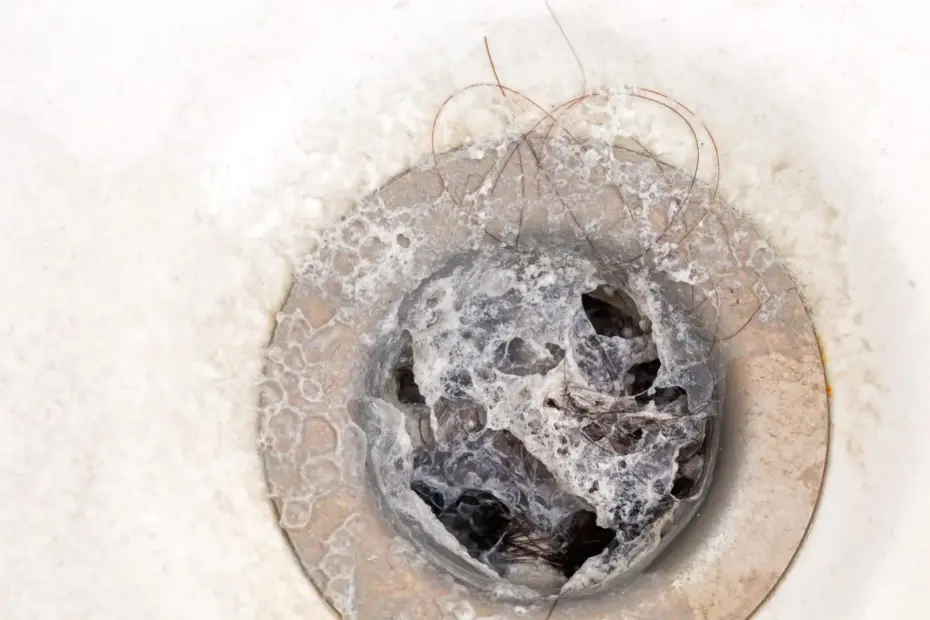A smelly drain can turn your otherwise clean and inviting home into an unpleasant space. Understanding why your drain smells bad is crucial for both immediate relief and long-term prevention. In this article, we’ll explore the common causes of smelly drains, potential health risks, and practical solutions to eliminate the odor for good.
What Causes a Bad Smell in Drains?
1. Food and Grease Buildup
One of the most common reasons for a foul-smelling drain is food particles and grease. Over time, food scraps and oils can stick to the walls of your pipes, creating an ideal breeding ground for bacteria. This bacterial activity releases unpleasant odors.
2. Clogs in the Pipes
Clogs are a significant contributor to smelly drains. When materials like hair, soap scum, or toilet paper build up, they can partially or fully block the pipe, causing water to stagnate and emit a foul odor.
3. Dry P-Trap
The P-trap is the U-shaped pipe under your sink designed to hold water and block sewer gases. If the P-trap dries out due to infrequent use, these gases can escape into your home, leading to a strong sewage smell.
4. Bacterial Growth
Bacteria thrive in warm, damp environments like your drain. When organic materials like food, hair, or soap residues are present, bacteria multiply rapidly, producing a bad smell.
5. Mold and Mildew
Mold and mildew can develop in areas with excess moisture, especially if your drain has leaks or cracks. These fungi release a musty, unpleasant odor that can permeate your home.
6. Sewer Line Issues
If the smell resembles rotten eggs, it could indicate a problem with your sewer line. Hydrogen sulfide gas, a byproduct of decaying organic matter, can enter your home through cracks in sewer pipes.
Are Smelly Drains Dangerous?
1. Health Risks
The odors from smelly drains aren’t just unpleasant; they can pose health risks. Sewer gases can contain hydrogen sulfide and methane, which are toxic in high concentrations. Additionally, mold spores from damp pipes can trigger allergies or respiratory issues.
2. Structural Damage
A persistent bad smell could signal leaks or cracks in your plumbing. Over time, these issues can lead to water damage, mold growth, and costly repairs.
How to Fix a Smelly Drain: Step-by-Step Solutions
1. Clean the Drain Regularly
Regular cleaning can prevent buildup of food particles, grease, and hair. Use a drain snake or brush to remove physical debris.
DIY Tip: Pour boiling water mixed with vinegar and baking soda down the drain to dissolve grease and neutralize odors.
2. Check the P-Trap
Ensure the P-trap isn’t dry. If it is, run water down the drain for a few minutes to refill it. For drains not frequently used, add a small amount of mineral oil to slow evaporation.
3. Use Enzymatic Cleaners
Enzymatic drain cleaners contain natural bacteria or enzymes that break down organic matter, reducing odors without harsh chemicals.
Recommended Products: Look for biodegradable, eco-friendly enzymatic cleaners at your local store.
4. Inspect for Mold and Mildew
If mold or mildew is causing the smell, clean the area with a mixture of bleach and water. For persistent issues, consider calling a plumber to check for hidden leaks.
5. Call a Professional
If DIY solutions don’t work, it might be time to call a professional plumber. Persistent odors could indicate serious problems like sewer line cracks or venting issues.
Preventing Smelly Drains
1. Avoid Pouring Grease Down the Drain
Grease solidifies as it cools, leading to clogs and odors. Dispose of grease in a sealed container and throw it in the trash.
2. Use Drain Covers
Drain covers or screens can catch hair, food particles, and other debris, preventing them from going down the pipes.
3. Run Hot Water Regularly
Flush your drains with hot water once a week to keep them clear and free from residue buildup.
4. Install a Ventilation System
Proper ventilation ensures that sewer gases don’t back up into your home. Check that your vent pipes are clear of obstructions.
When to Seek Professional Help
If you’ve tried all the DIY solutions and the smell persists, there may be a deeper issue at play, such as:
- Damaged sewer pipes.
- Faulty venting system.
- A large clog deep in the plumbing.
Contact a licensed plumber to inspect and resolve the problem before it worsens.
Conclusion
A bad-smelling drain can disrupt your home’s comfort, but understanding its causes and taking proactive steps can help you eliminate the problem. From routine cleaning to professional intervention, there are many ways to keep your drains fresh and odor-free. Regular maintenance and awareness are key to preventing future issues.
If you’re dealing with a smelly drain, try the solutions mentioned above and, if necessary, consult a professional to ensure your home’s plumbing is in top condition.
